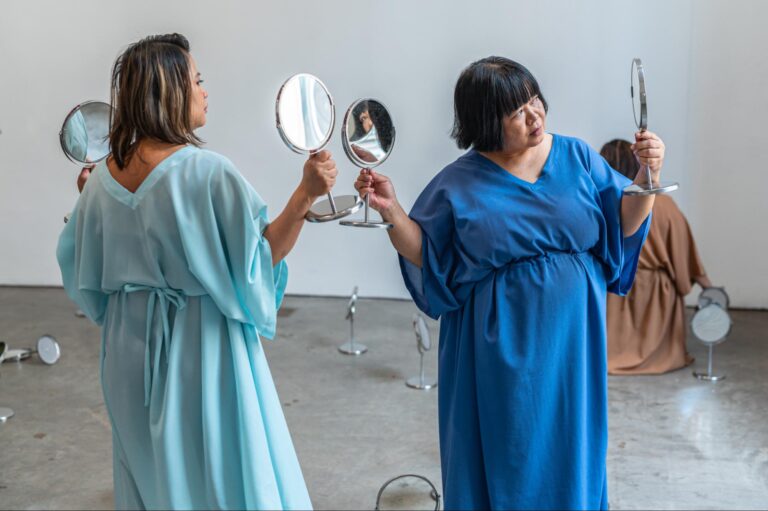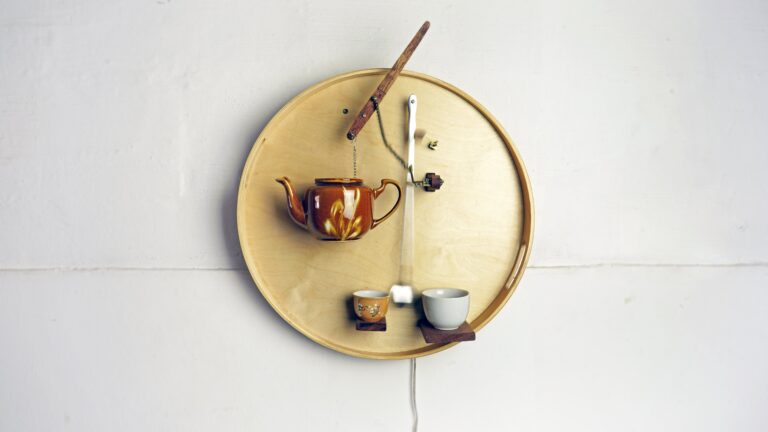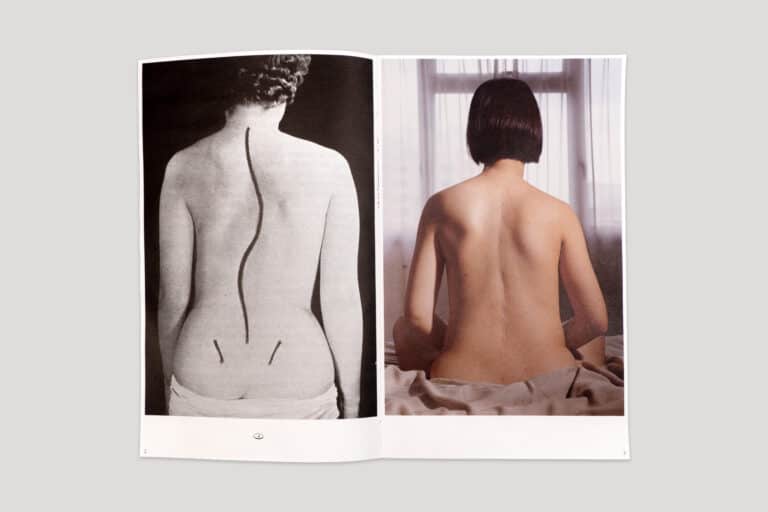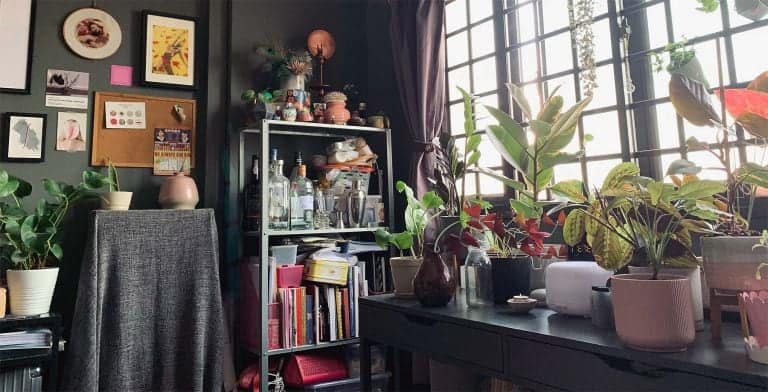The use of digital technology in art is not a new phenomenon. Art produced through computer software programmes can be said to have originated as far back as the 1960s. By the 1990s, artists such as Roy Ascott had delved into the world of interactive art using the internet and digital tools such as e-mail and mobile phones. Ascott for example coined the term “telematic” art, which according to the Tate, “focused on the human aspect of the medium, the desire to communicate with another even in the virtual world, and how this (notion) is central to the creation of the medium.”
The latest Our SG Arts Plan particularly identifies Singapore’s “mature environment that supports the growth of new media technologies and scientific infrastructure,” as an area of opportunity to “be used to increase digital engagement, grow new audiences, and spark more collaborative new media art practices.” This strong focus on new media art was also bourne out in the recently- concluded Singapore Art Week. I spoke to new media artist, Urich Lau, to learn more about these recent trends on technology in art.
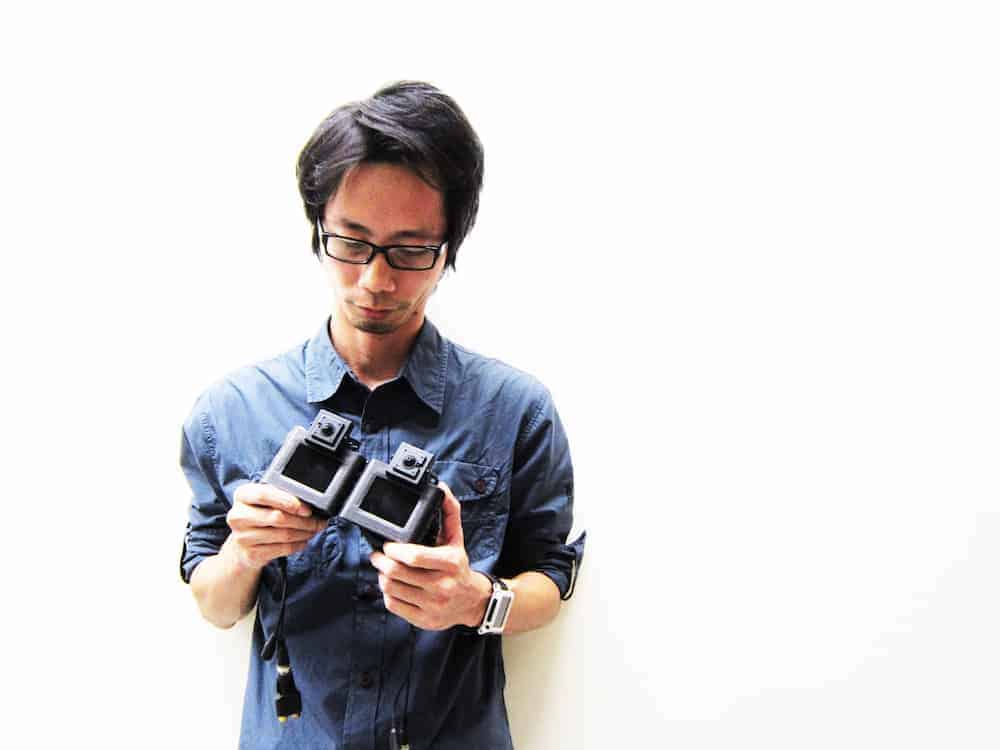
Examples of Urich’s work can be found in Hatch Art Project’s on-going exhibition More Than Human World: A Wake-up Call from Post-Human:


Urich’s digital photographs mesh images of real physical spaces with virtual mirages created by the ‘Deep Dream’ computer programme. The software creates a dreamlike and hallucinogenic quality in images, mirroring the effect of digital interventions in our physical environment.
Here are some excerpts from my chat with Urich:
On the latest SG Arts Plan and its strong focus on technology: I do not think that an emphasis on technology means that our focus has been shifted entirely towards new media art.
On how technology interacts with artistic practices: ‘Technology in art’ or ‘art in technology’ is not always about art, sometimes it is just technology. Technology is, after all just a tool. Technology in art or for art is relevant today because our methods of gathering, disseminating and engaging with data from all sources are almost always in digital formats. You need technological tools and media to be able to view, read or engage (with the materials for your art). Regardless of medium or form, technology is irrelevant if the work of art does not speak about humanistic values, or new ideas or critique our society.
On current trends in art: Anything that can go viral! Social media is here to stay, whether people like it or not. It will soon be, (if it isn’t already) a prerequisite of communication and a mainstay in the dissemination of information. Today, nobody even thinks of using something like snail mail, and I too go online a lot to look at Instagram, YouTube and Facebook for anything ranging from art and science to technology, politics and lifestyle.
But for me personally, in terms of references and research, I always know what I am looking for since I went through art theory and history in my training. For this generation of artists, however, you cannot train them as we were trained in the past. There are more distractions now and students need to first acquire the discipline and rigour of continual researching, reading and referencing. If they have an interest in film making for example, then they should look back through the history of film as a medium and deepen their understanding of film before looking at anything contemporary. Also, we need to be curious about other kinds of learning, and issues that are not about our own work or discipline, if we want to talk about innovation. In any case, trends are about following, and what’s more relevant and sustainable for an artist, would be for him or her to have the drive for continuous research and experimentation, and to try to do things differently.
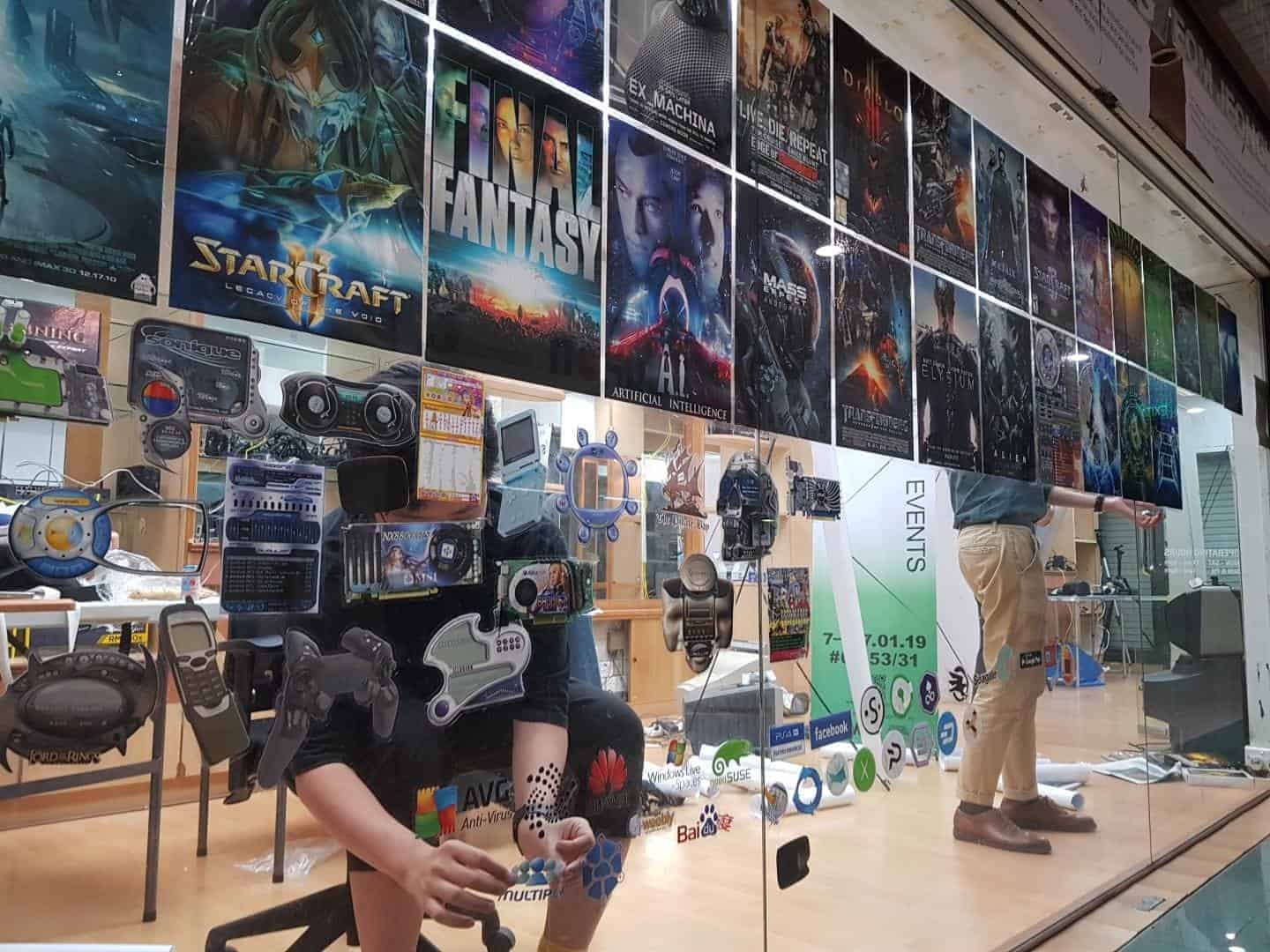
On what he was planning to present at Art Stage Singapore 2019: I was to have presented my work as an entrance arch, commissioned by Bang & Olufsen and Art Stage Singapore. It was to have been an audiovisual installation with a live-feed from CCTV cameras, together with manipulated moving images and sound. This idea came from that of surveillance and the surge of data and digital content in our world today. It coincided with my interest in how viewers and artworks are inter-related entities, with the audience’s gaze acting as the intermediary between the physical and virtual spaces.

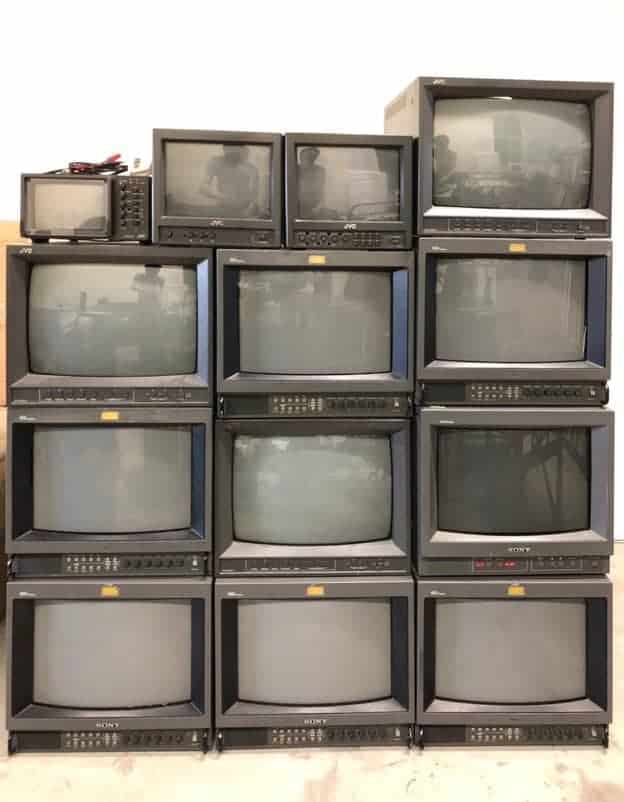
I had been working on the sound work with recording and editing, as well as on the plans and installation inventory. I had also been talking to representatives at Bang & Olufsen about the update of my plans and sound work. I was (in the process of) working out the details in the budget and inventory, but when I did not receive any more updates from Art Stage, I realised something was amiss. I just stopped short of starting to pay for my equipment and contractor.
On what’s in store for him next: We (i.e. INTER-MISSION) are now working on the catalogue for the Sim Lim Square Art Residency Programme. The next INTER-MISSION project will be a Tainan-Singapore media art show exchange.
___________________________________________________
A selection of Urich’s work can be found at Hatch Art Project till 14 March.
This interview has been edited and condensed for clarity






